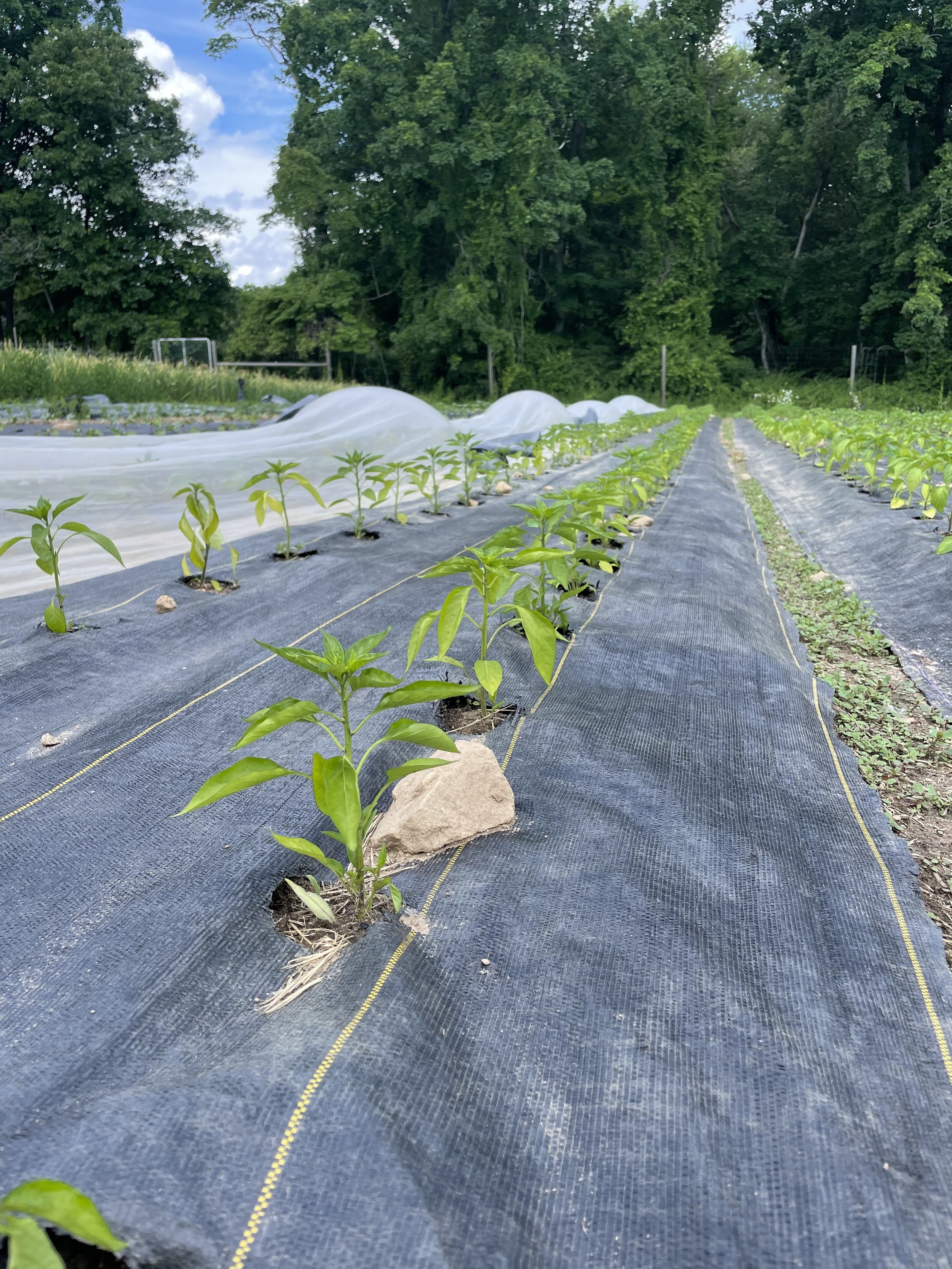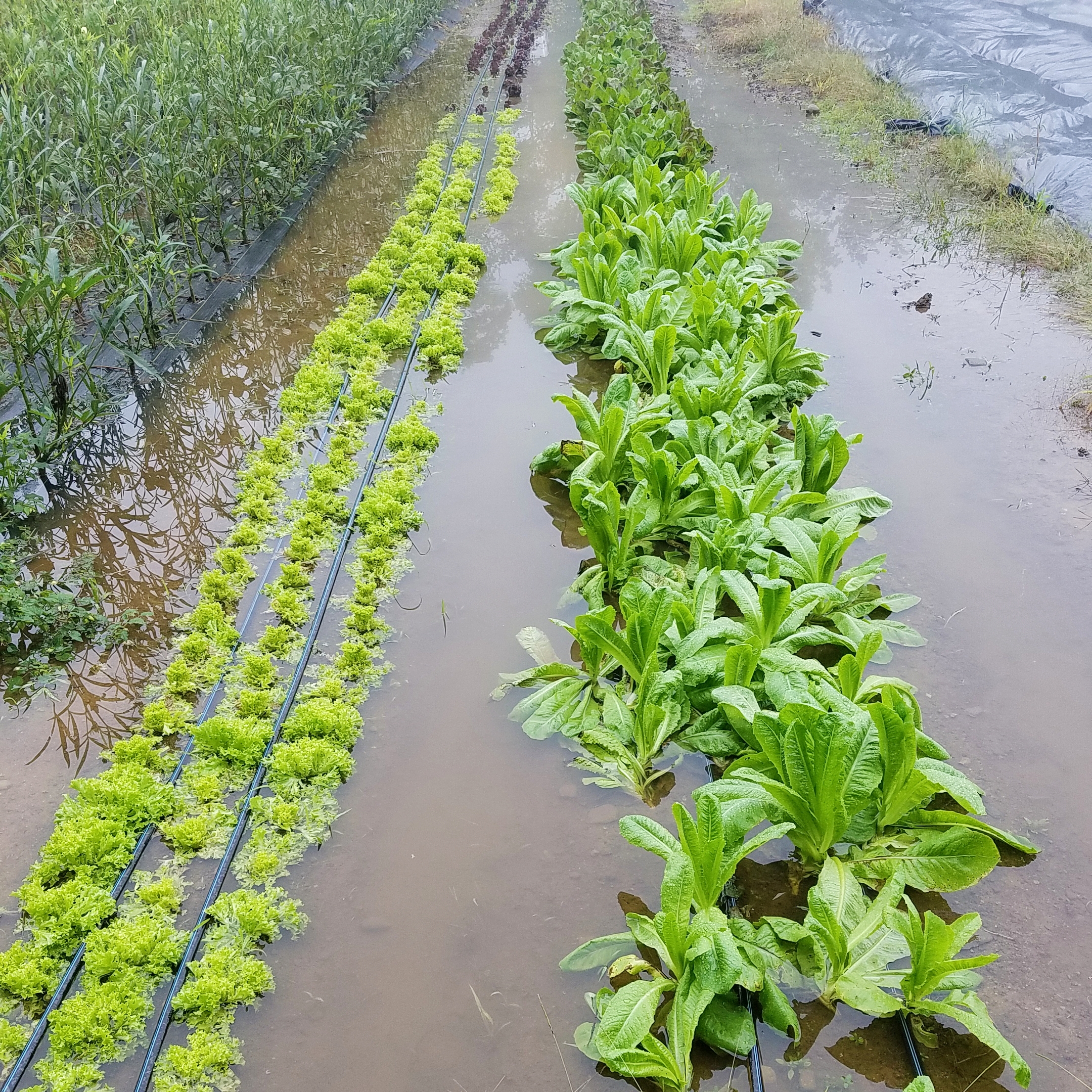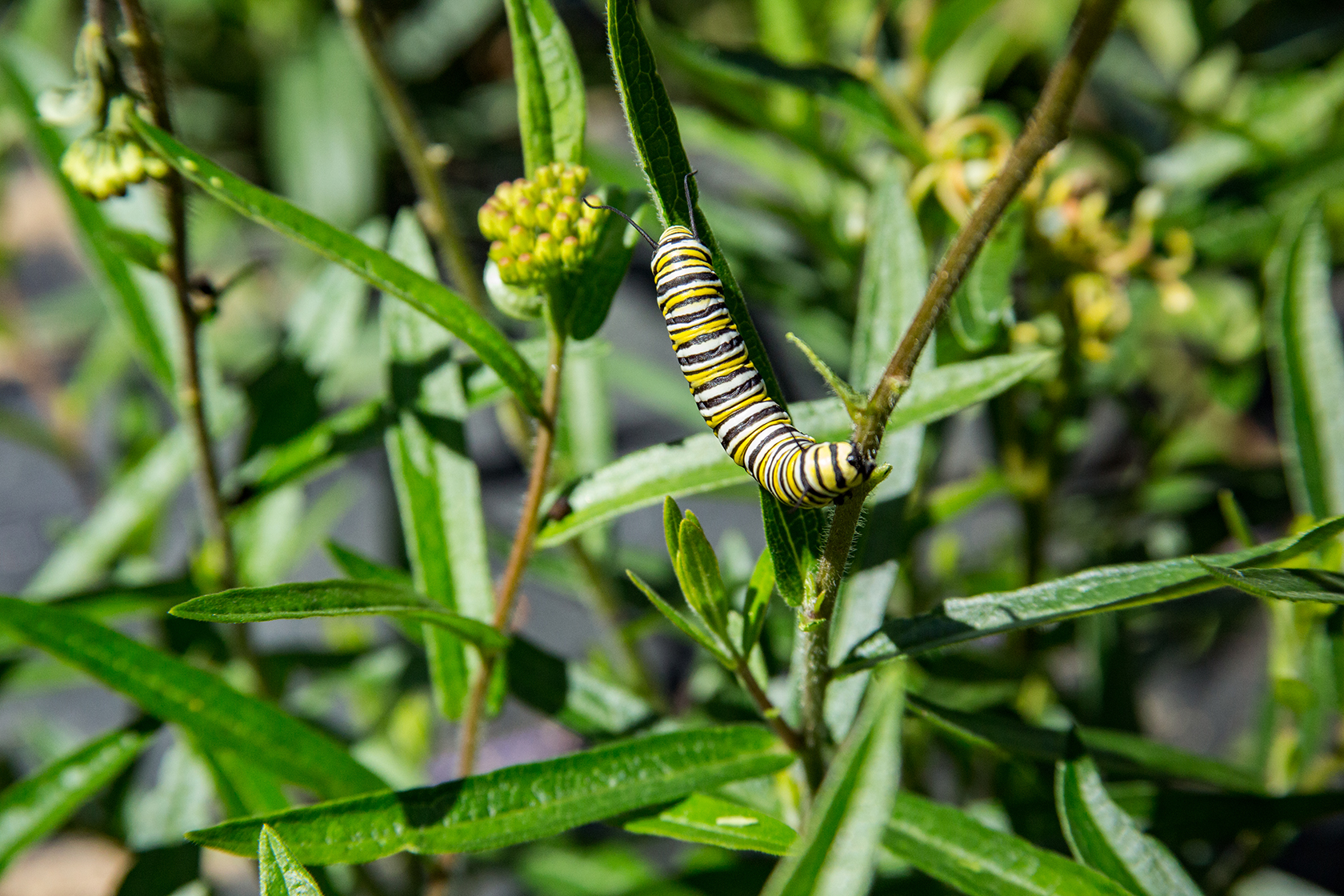Summer is just around the corner, but you may not have realized it by looking at our vegetable offerings these past couple of months. In truth, it’s been somewhat frustrating and disappointing to have so little food available for our customers recently. The dearth of harvestable crops originated from April and early May, which - if you remember - was cold. We direct-seeded and transplanted crops into the fields according to our usual schedule diligently planned each winter, and we waited for the weather to warm. However, instead of gradual warming, there was persistent cold and wind, punctuated by short bursts of unseasonable heat. This dramatic weather pattern stunted germination and growth. For instance, the direct seeded broccoli raab, which can germinate in as quickly as 5 days, took almost two weeks before their first leaves began to appear out of the ground. And we continued to peek at the kale under its protective insect netting, checking if this would finally be the week to harvest it.
Most of the vegetables brought to market during April and May were grown in our high tunnels (also known as hoop houses). In a typical spring at Four Root Farm, as we finish harvesting the tunnel plantings of bok choi, hakurei turnips, and radishes, the outside field successions of those crops are ready for their first harvest. We can transition seamlessly from harvesting in the tunnels to harvesting in the field without any disruption to the products brought to market. This year, we finished harvesting in the tunnels and have been anxiously waiting as the field crops continue their stubbornly slow pace of growth.
The farm has seven high tunnels on the property of varying sizes and one tunnel even has the ability to roll between two different plots. Crops grown in the tunnels are planted into the ground just like the field crops, but they enjoy the benefit of warmer, more protected conditions and thus, can be planted earlier in the year.
We believe that high tunnels are an indispensable tool for farming in New England and for improving regional food sovereignty. Season extension - growing earlier in the spring and later into the fall - allows our community to access locally-produced vegetables for a greater portion of the year rather than relying on products shipped here from California. High tunnels will also help farmers to be more resilient in the face of climate change. As severe weather events become more frequent, tunnels help to protect crops from damaging rains, wind, and hail.
Thank you to all of you, our lovely customers, for diligently stopping by our market stand and checking the website each week. Conditions the last few weeks have been much better, and I promise the food is coming, albeit slowly! We will continue to have lettuce, chinese broccoli, bok choi and turnips - with kale, sugar snap peas, cucumbers, squash, scallions, carrots and garlic scapes just starting. And fan-favorites like fairy tale eggplants, shishito peppers, and tomatoes growing happily in their beds.
I’ll have more to share on tomatoes and all of the TLC they require in next month’s blog post. Until then, I will see you at the markets - hopefully with more and more food to offer throughout June!
-Kiersten







































































